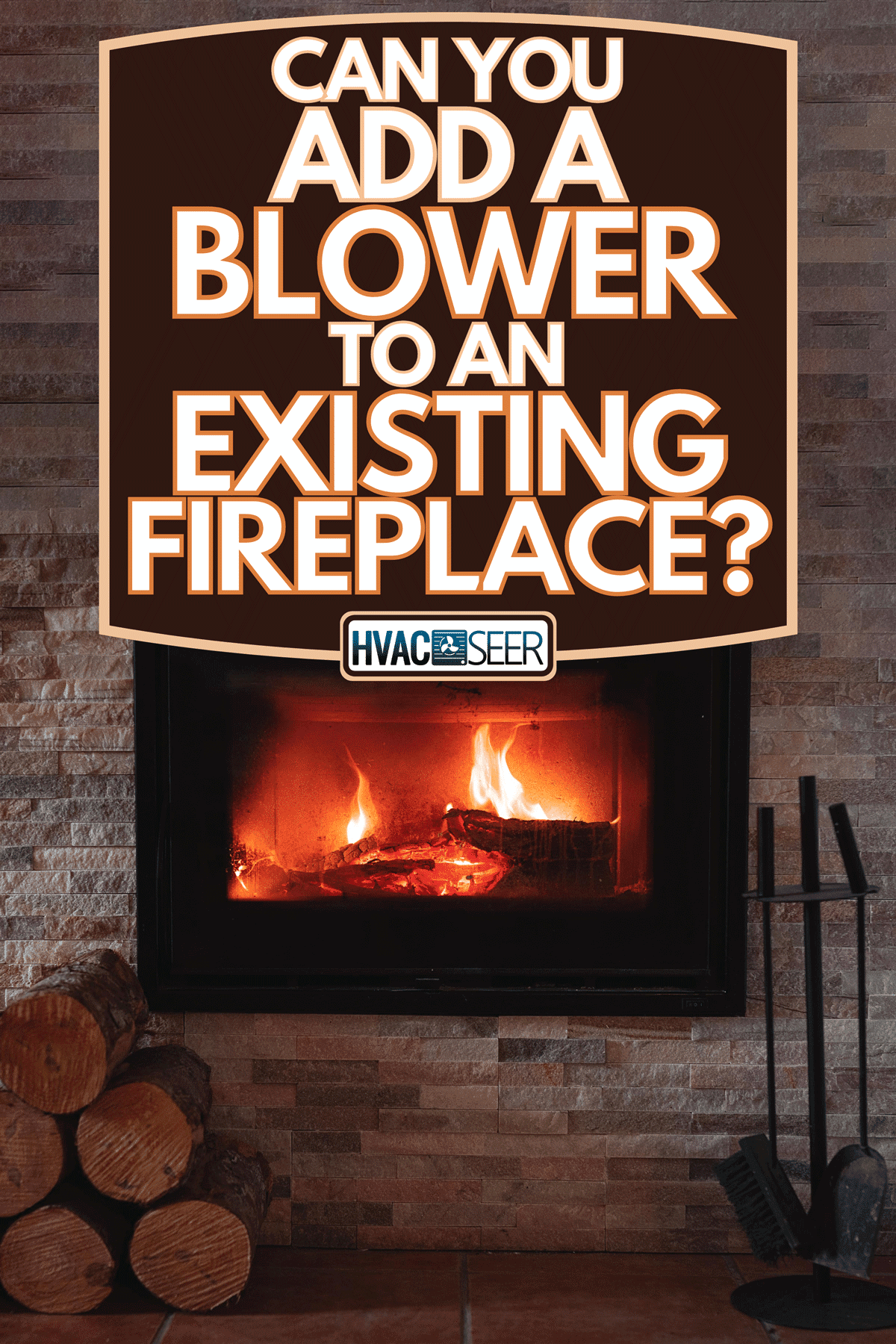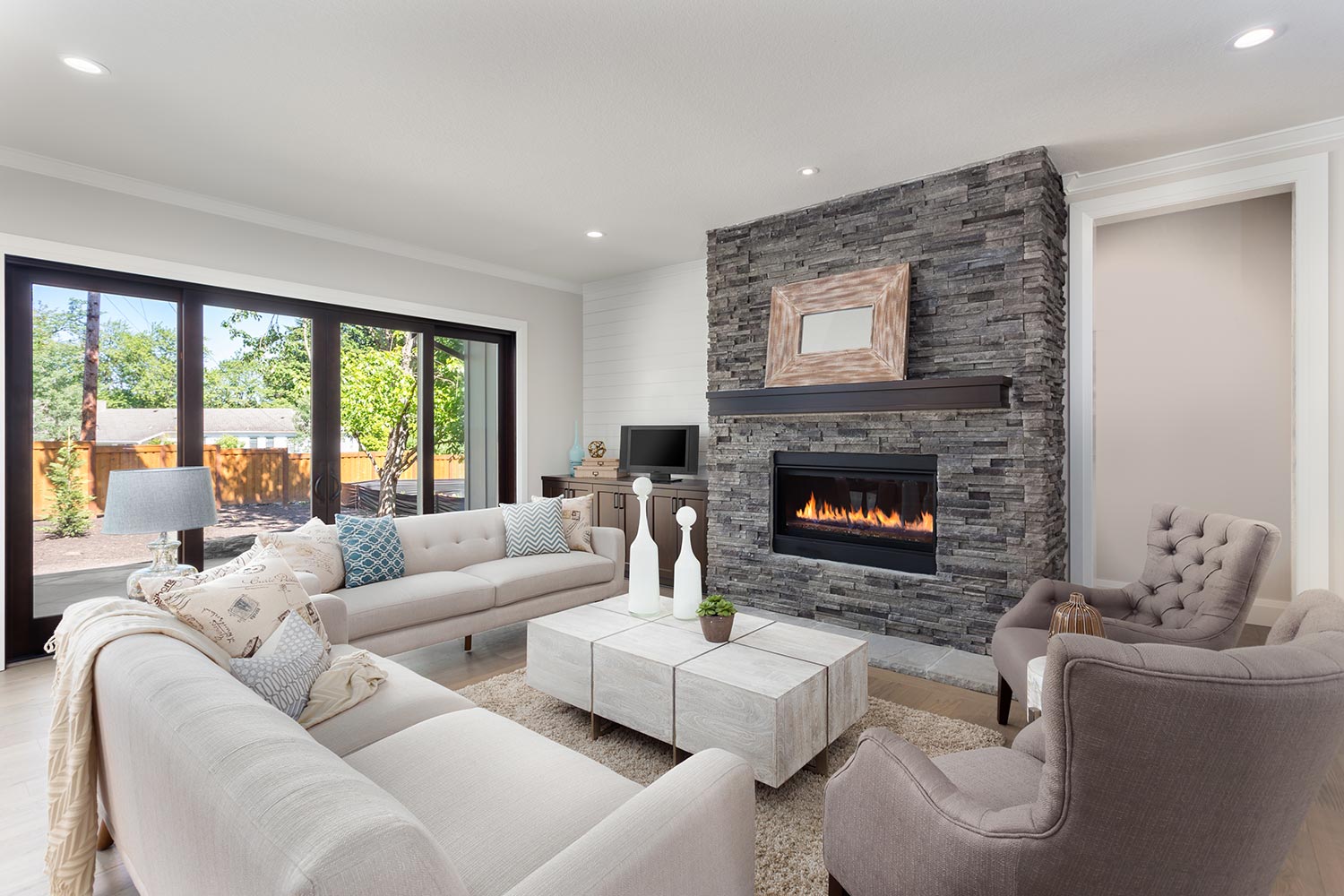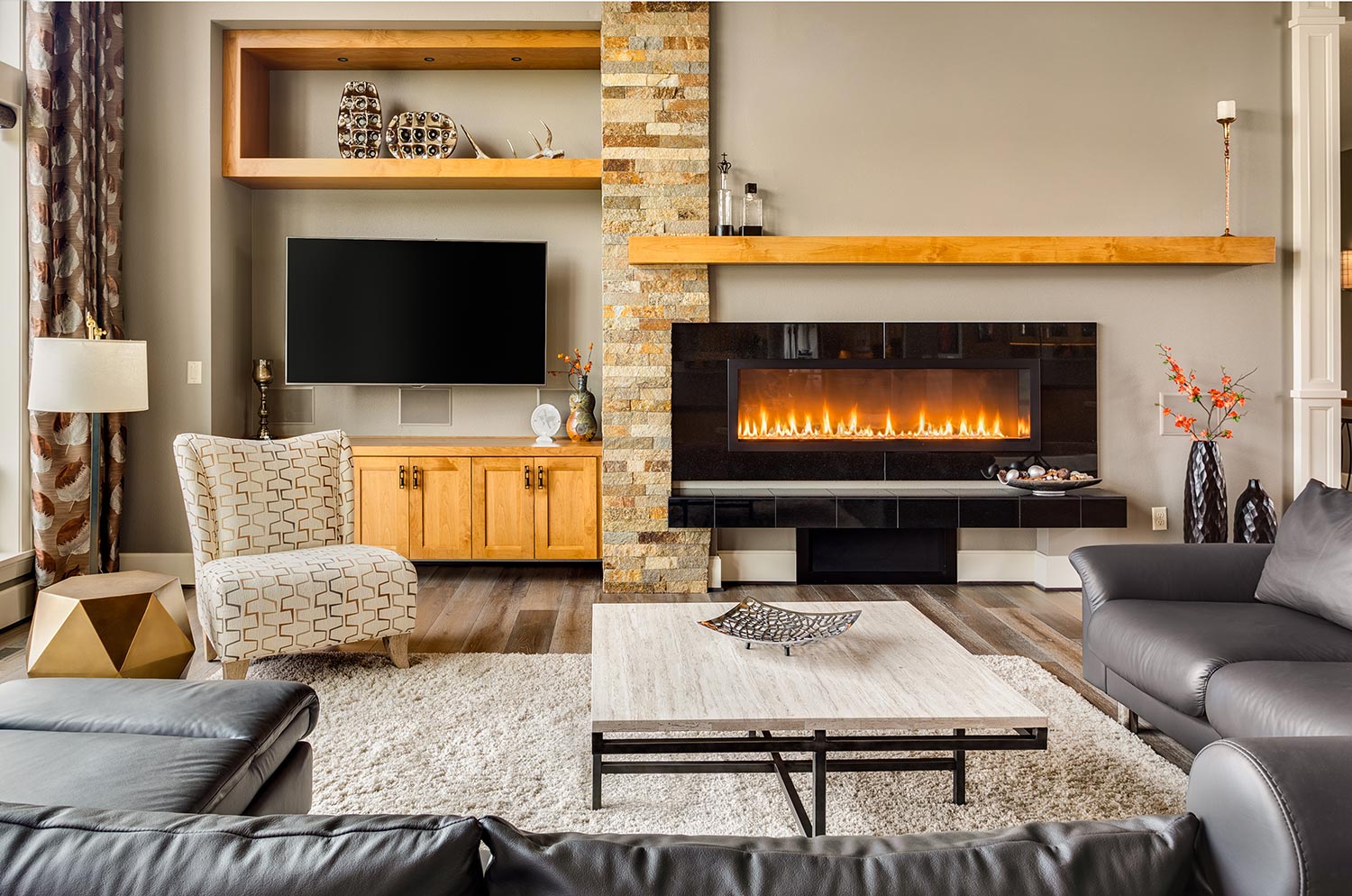A fireplace creates a warm and cozy home during the cold season and works by radiating heat throughout a room. However, can its efficiency be increased by adding a blower to it? We consulted with the experts, and they gave us the answer.
Yes, you can add a blower to a fireplace to improve its efficiency through the following mechanisms:
- Circulation of warm air
- Forcing warm air out
Continue reading to understand how a blower increases the warmth of a room, how to install one, its benefits, and the installation costs.

Why Add A Blower To Your Fireplace?
A blower is a wonderful accessory to your fireplace because it can increase its efficiency.
A fireplace without a blower still provides warmth to a room but will not spread the warmth to the entire room. This is so because it works by releasing radiant heat that does not travel far into the room.
This means that items such as furniture, including people absorb the warmth produced by the fireplace. The heat warms that which is in its direct path, before releasing it back into the room.
This radiant heat does not reach all parts of a room, and that is why without a blower, the farthest part of the room will be colder or less warm.
Therefore, a blower is required to increase the flow of warm air throughout a room. A blower achieves this in the following two ways.
Circulation Of Warm Air
A fireplace blower works by drawing in air and transferring it to the tubes. The air is heated by the fire while inside the tubes and then released outwards as warm air.
The hot air rises up to the ceiling and replaces the cool air, which moves to the bottom and is absorbed into the blower where it is heated.
As this cycle continues, the temperature of a room can be maintained because heated air is absorbed by the blower and releases only hot air.
Forcing Warm Air Out
Unlike the radiant heat that concentrates on a particular area in the room, fireplace blowers push the warm air out. The air is able to reach the farthest sections of a room and does not remain only around the fireplace.
This allows you to feel the warmth throughout the room, which you can control from the thermostat to either increase or reduce the temperature.
How Do You Install A Fireplace Blower?

If the blower in your fireplace is not working, you may want to replace it. If you have never used a blower in your fireplace, find out below if it can accept a blower, as not all fireplaces do.
Vented Panels
Fireplaces with upper and lower panels that are vented or unsealed will take up a blower. This is because air flows into a fireplace from the bottom and releases it out from the top.
Panels Not Vented
In contrast, some fireplaces have flat continuous panels that do not allow air to flow, and hence will not accept a blower. In such a situation, check with the manufacturer if they have a provision for altering the panels to allow the installation of a blower.
If this is still not possible, consult with an expert who will advise you on how to go about it.
You may call a professional to install a fireplace blower, or you can handle the job if you are confident enough with your skills.
In a nutshell, it’s relatively easy to install or replace a fireplace blower by following this step-by-step guide:
Items Needed
- Fireplace blower kit
- Wire brush
- Shop vacuum
- Screwdriver
Instructions
- Disconnect power from the panel box and unplug the blower from the electrical outlet.
- Allow the fireplace to cool off completely.
- To access the blower, depending on the type of your fireplace, you may have to remove the entire panel or open the lower part of the fireplace.
- To remove the blower, remove the speed control and temperature sensor.
- Clean this space by using a shop vacuum and a wire brush to loosen the hardened dirt.
- If you are installing a blower for the first time you will need to prepare your fireplace for electrical wiring. Do this by threading the 110/120 VAC wire from the fireplace junction box and passing it through the opening in the blower, and finally securing it to the blower clamp.
- Before you replace a blower, ensure you get a similar one by checking the brand and model number. For a new installation, consult with a fireplace expert to determine the correct blower that is suitable for your fireplace.
- According to the manual, connect the wires of the new blower to the electrical wires in the fireplace junction box; connect the white wires together, the black wires together, and the ground wire to the ground stud in the junction box.
- Using your manual, place the blower at the back of the fireplace, leaving a 1/4” space from the back. Secure it firmly and turn the power back on, and test the electrical connections.
- If all is working well, place the panel back.
Below is a video that provides a basic guide on how to install a fireplace blower:
Are Fireplace Blowers Worth It?
You may be wondering, other than increasing its efficiency, are there other benefits of a fireplace blower? Let's discuss.
Increased Efficiency

With a blower, a fireplace circulates warm air to all the corners of a room, rather than just concentrating the heat near the fireplace.
This means you can sit in any part of the room, no matter how large it is, because the warmth will reach every spot in the room.
Comfortable Temperature

You can control the temperature of the room by simply adjusting the thermostat, making the room comfortable.
If it is too hot, you can lower the temperatures to the levels you desire, and vice versa.
Runs Quietly
Fireplace blowers run quietly, giving you the peace and quietness you need as you enjoy the warmth in the room.
But if dust accumulates in it, or the motor bearings wear out, the blower may produce a rumbling sound, which can be eliminated by cleaning it.
But, if the blower continues making noise despite cleaning it, then it is time for a replacement.
Durable
If a blower is well maintained and remains in good condition, it can last between 3 and 5 years, though this depends on a number of factors.
A blower will last much longer when constructed with high-quality materials. Also, good ventilation will help the proper flow of air, making it last a long time.
To keep it in excellent condition, a blower is easy to maintain by cleaning it often and replacing the blower filter at least once a year.
Easy To Install
The installation process is relatively easy as explained in the steps provided in the previous paragraph. However, do not attempt if you are not up to the task.
For a good installation job, call a trained professional instead.
Reduced Utility Bill

Without a blower, it would take much longer to warm up a room, spiking your utility bill higher. But, with a fireplace blower, warm air is circulated throughout the room very fast, reducing the electric bill.
Check out this fireplace blower kit on Amazon.
Check out this temperature sensor on Amazon.
How Much Is It To Install A Blower?
Installing a fireplace blower is relatively affordable. It will cost you around $400 for the parts and labor, and close to $140 if you install it yourself.
It may cost more depending on the type of blower you purchase, and you may incur additional costs for any adjustments made to the fireplace.
In Closing
A fireplace blower works by spreading and circulating the warmth to all corners of a room, giving you the comfort you deserve.
Other than being affordable and easy to install, you can adjust the thermostat to produce the warmth at a level you desire. Also, with good maintenance, your blower can last much longer.
Find out from our previous posts if you need a special thermostat for a gas fireplace and what to do when it does not start:


